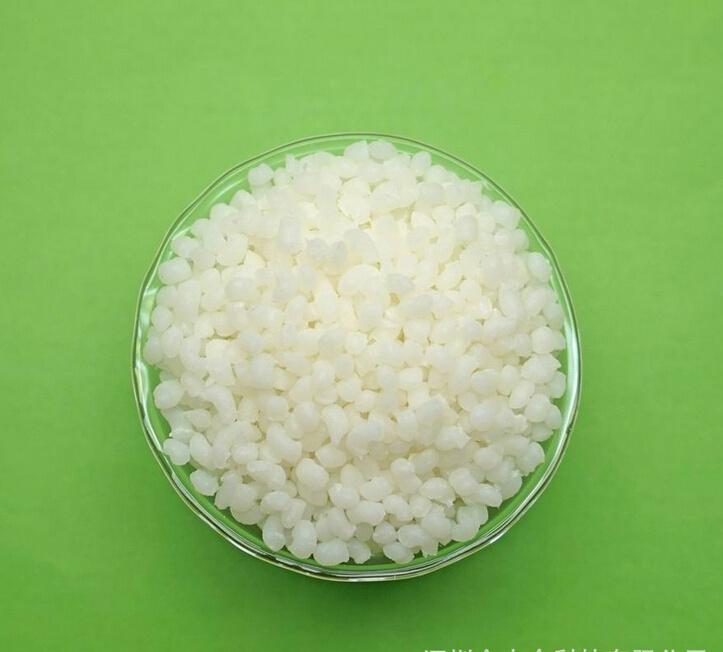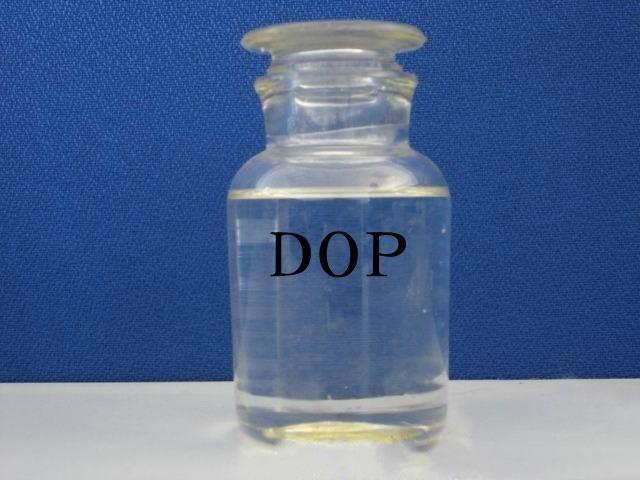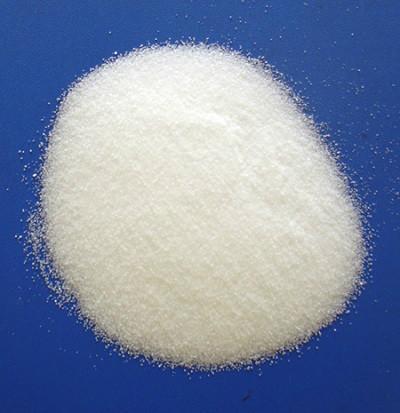Any addition to the polymer system can make the polymer system plastic The added substances can be called plasticizers. The main function of plasticizer is to weaken the secondary bonds between polymer molecules, that is, van der Waals forces, thereby increasing It increases the mobility of the polymer molecular chain and reduces the crystallinity of the polymer molecular chain, that is, it increases the plasticity of the polymer, which is manifested in the decrease in the hardness, modulus, softening temperature and embrittlement temperature of the polymer, while the elongation, Improved flexibility and flexibility.
Plasticizers can be divided into two major types according to their mode of action. That is, internal plasticizer and external plasticizer.
Internal plasticizer is actually part of the polymer. Generally internal plasticizers are secondary monomers introduced during the polymerization process of the polymer. Since the second monomer is copolymerized in the molecular structure of the polymer, the regularity of the polymer molecular chain is reduced, that is, the crystallinity of the polymer molecular chain is reduced. For example, vinyl chloride-vinyl acetate copolymer is softer than vinyl chloride homopolymer. The use temperature range of internal plasticizers is relatively narrow, and they must be added during the polymerization process, so less internal plasticizers are used.
External plasticizer is a low molecular weight compound or polymer. Adding plasticizer to the polymer that needs to be plasticized can increase the plasticity of the polymer. External plasticizers are generally a high boiling point, relatively difficult to volatilize liquid or a low melting point solid, and most of them are ester organic compounds. Usually the external plasticizer does not react chemically with the polymer. The interaction between the external plasticizer and the polymer is mainly swelling when the temperature is raised, forming a solid solution with the polymer. External plasticizers have comprehensive properties, are easy to produce and use, and are widely used. Nowadays, plasticizers generally referred to as plasticizers refer to external plasticizers. Dioctyl phthalate(DOP) and dibutyl phthalate (DBP) are both external plasticizers.

Classification and performance of plasticizers
There are many kinds of plasticizers. During the research and development stage, there were more than 1,000 kinds of plasticizers. They are used asplasticizers in commercial production. There are no more than 200 kinds of chemicals, and the largest number are phthalates whose raw materials come from petrochemical industry.
There are many ways to classify plasticizers. According to the size of the molecular weight, it can be divided into monomeric plasticizers and polymeric plasticizers; according to the shape, it can be divided into liquid plasticizers and solid plasticizers; according to its performance, it can be divided into general plasticizers and cold-resistant plasticizers. , heat-resistant plasticizers, flame-retardant plasticizers, etc.; classification according to the chemical structure of plasticizers is a commonly used classification method.
According to the chemical structure, it can be divided into:

(1) Phthalates (such as: DBP, DOP, DIDP)
(2) Aliphatic dibasic acid ester (such as: hexane Dioctyl acid DOA, Dioctyl sebacate DOS)
(3) Phosphate ester (such as: tricresyl phosphate TCP, Toluene diphenyl phosphate (CDP)
(4) Epoxy compounds (such as: epoxidized soybean oil , epoxy butyl oleate)
(5) Polymeric plasticizer (such as: adipic acid Propylene glycol polyester)
(6) Benzene polyester (such as: 1,2,4-trimelellitic acid triisooctyl Ester)
(7) Chlorine-containing plasticizers (such as: chlorinated paraffin , methyl pentachlorostearate)
(8) Alkylsulfonate
(9) Polyol Ester
(10) Other plasticizers
An ideal plasticizer should have the following properties:

(1) has good compatibility with resin;
(2) High plasticizing efficiency;
(3) Stable to heat and light;
(4) Low volatility;
(5) Small migration;
(6) Resistant to extraction of water, oil and organic solvents;
(7) Good low temperature flexibility;
(8) Good flame retardancy;
(9) Good electrical insulation;
(10) Colorless, odorless, non-toxic;
(11) Good mold resistance;
(12) Good pollution resistance;
(13) Plasticized paste has good viscosity stability;
(14) Cheap.
Among plasticizers, phthalate plasticizers are used in the largest amount, accounting for about 80% of the total plasticizer production. This type of plasticizers accounts for 80% in my country. Plasticizers are mainly dioctyl phthalate (DOP) and dibutyl phthalate (DBP). Due to limitations in the source of raw material alcohol, the output of high-performance varieties such as diheptyl phthalate (DHP), diisodecyl phthalate (DIDP), and diisooctyl phthalate (DIOP) is not high. big.
Due to the large amount and variety of plasticizers,PlasticizerThe production technology tends to develop in two aspects. On the one hand, it is the continuous large-scale production of main plasticizers; on the other hand, it is the intermittent production of multiple varieties and small batches of special plasticizers.
With the increase in PVC production and the development of the petrochemical industry, plasticizers have developed into a petrochemical-based, phthalate-based Large-scale chemical industry with formate ester as the main product. Phthalates account for more than 80% of the total plasticizer production, providing conditions for large-scale continuous production. Due to the existence of multiple varieties and small batches of plasticizers, the “universal” production device, that is, intermittent production, is still necessary for its development and survival.
In order to reduce product color, improve product thermal stability and further simplify the process, non-acidic catalysts have been implemented industrialization. The main advantages of using non-acidic catalysts include fewer side reactions, light product color, simple product refining, less wastewater production and good water quality, good thermal stability of the product, and high yield.
ss=”MsoNormal” style=”margin-left: 0.0000pt; mso-para-margin-left: 0.0000gd; text-indent: 0.0000pt; mso-char-indent-count: 0.0000; mso-list: l0 level1 lfo1 ;”>(11) Good mold resistance;
(12) Good pollution resistance;
(13) Plasticized paste has good viscosity stability;
(14) Cheap.
Among plasticizers, phthalate plasticizers are used in the largest amount, accounting for about 80% of the total plasticizer production. This type of plasticizers accounts for 80% in my country. Plasticizers are mainly dioctyl phthalate (DOP) and dibutyl phthalate (DBP). Due to limitations in the source of raw material alcohol, the output of high-performance varieties such as diheptyl phthalate (DHP), diisodecyl phthalate (DIDP), and diisooctyl phthalate (DIOP) is not high. big.
Due to the large amount and variety of plasticizers,PlasticizerThe production technology tends to develop in two aspects. On the one hand, it is the continuous large-scale production of main plasticizers; on the other hand, it is the intermittent production of multiple varieties and small batches of special plasticizers.
With the increase in PVC production and the development of the petrochemical industry, plasticizers have developed into a petrochemical-based, phthalate-based Large-scale chemical industry with formate ester as the main product. Phthalates account for more than 80% of the total plasticizer production, providing conditions for large-scale continuous production. Due to the existence of multiple varieties and small batches of plasticizers, the “universal” production device, that is, intermittent production, is still necessary for its development and survival.
In order to reduce product color, improve product thermal stability and further simplify the process, non-acidic catalysts have been implemented industrialization. The main advantages of using non-acidic catalysts include fewer side reactions, light product color, simple product refining, less wastewater production and good water quality, good thermal stability of the product, and high yield.



 微信扫一扫打赏
微信扫一扫打赏
